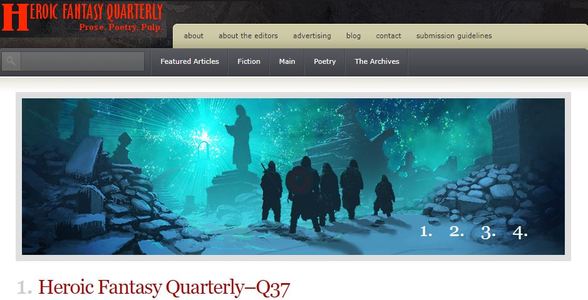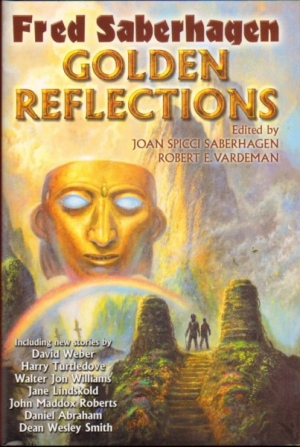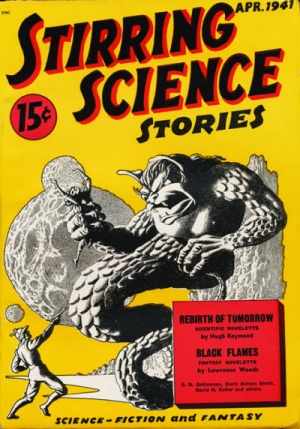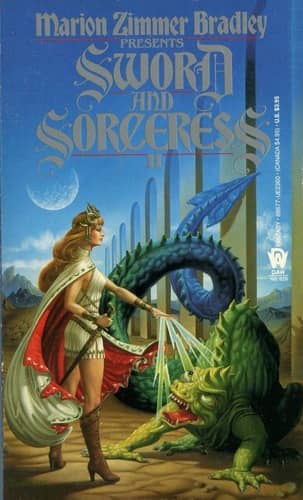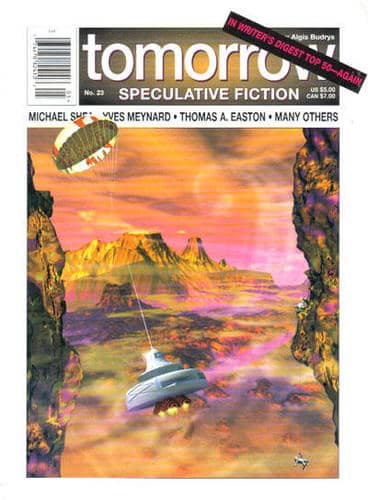Seventeen Years Later, Return to His Dark Materials: The Book of Dust: La Belle Sauvage by Philip Pullman
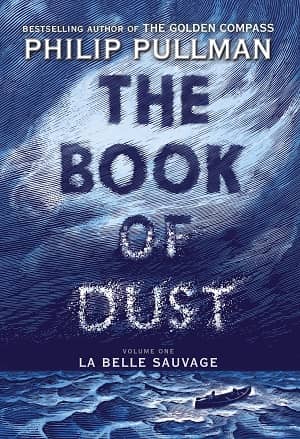 The venerable Philip Pullman returns to the universe of the classic His Dark Materials series after 17 years with his latest fantasy, The Book of Dust: La Belle Sauvage. As a longtime fan of the saga, I thoroughly enjoyed this chance to return to his steampunk alternative “Brytain,” with its changeable daemons, anbaric lamps, peculiar gadgets, and peripatetic intellectuals. Opening this book felt like being wrapped in a blanket and having tea around a fire with old friends.
The venerable Philip Pullman returns to the universe of the classic His Dark Materials series after 17 years with his latest fantasy, The Book of Dust: La Belle Sauvage. As a longtime fan of the saga, I thoroughly enjoyed this chance to return to his steampunk alternative “Brytain,” with its changeable daemons, anbaric lamps, peculiar gadgets, and peripatetic intellectuals. Opening this book felt like being wrapped in a blanket and having tea around a fire with old friends.
Surprisingly mature, well-mannered and handy eleven-year-old Malcolm Polstead is a natural spy, since working at his parents’ riverside inn gives him access to all manner of travelers and their gossip. When three dangerous visitors arrive, he’s swept into a secret war against the forces of arrogant religious authority.
Joining a shadowy resistance movement, he risks his life to protect a baby who’s prophesied to change the world. At first, this means thwarting villains’ attempts to kidnap her. But then a hundred-year flood devastates the town, and he must grab her from her cradle – already floating – and ride the surging waters in his trusty canoe, La Belle Sauvage, which is the title of this first volume in the series.
The baby herself? Her name is Lyra. Yes, The Book of Dust: La Belle Sauvage is a prequel.
The Book of Dust: La Belle Sauvage was published in October 2017 and spent 13 weeks on the New York Times bestseller list for YA Hardcover, finally slipping off at the end of January 2018. Yet I would argue that it isn’t really a YA book as conventionally understood, and that adults are its natural audience. After all, we are the ones most likely to revel in its slower pace and sly tendency to say one thing while meaning another.
Moreover, the official target audience for YA is 12 to 18, and teenagers are notorious for wanting to “read up” about people older than them. Malcolm’s age, at only eleven, would make him more naturally a “Middle Grade” hero. Yet the novel’s content is probably too subtle and sophisticated for such young readers.


